fiogf49gjkf0d
The name of the post I took from the 32th chapter of M. Bulgakov’s Master and Margarita, so from there will be the epigraph for this post:
“Gods, my gods! How sad the earth is at evening! How mysterious are the fogs over the swamps! …Somebody who is exhausted knows it…. The magical black horses also became tired and carried their riders slowly, and ineluctable night began to overtake them. Sensing the night at his back, even the irrepressible Behemoth quieted down and, his claws dug into the saddle, flew silent and serious, puffing up his tail. Night began to cover forests and fields with its black shawl, night lit melancholy little lights somewhere far below - now no longer interesting and necessary either for Margarita or for the master - alien lights. Night was outdistancing the cavalcade; it sowed itself over them from above, casting white specks of stars here and there in the saddened sky. Night thickened, flew alongside, caught at the riders' cloaks and, tearing them from their shoulders, exposed the deceptions. And when Margarita, blown upon by the cool wind, opened her eyes, she saw how the appearance of them all was changing as they flew to their goal. And when, from beyond the edge of the forest, the crimson and full moon began rising to meet them, all deceptions vanished, fell into the swamp, the unstable magic garments drowned in the swamps.”
Recently in the thread about getting Special Tone from loudspeakers
http://www.goodsoundclub.com/Forums/ShowPost.aspx?postID=12366
I made a comment:
 Romy the Cat wrote: Romy the Cat wrote: |
| The S2 driver driven by YO186 has the most insane “coloratura” imaginable …. |
|
I read this comment of mine and I felt that I am one of many audio Morons who keep inventing for themselves justifications why they are “special” and why the garbage that they play within their listening rooms shall be “respected”. Well, it is hard to argue with it, particularly if you feel it about yourself. Ironically, the more I accuse myself in embracing of the abovementioned self-worshiping behavioral pattern the more I realized that not narcissism drove me and that very much stand behind of the said. Behind what I said there is an absolute or for some it might be an arguable Reality. I do not particularly care about the arguable part – I argue only with myself and it is the most difficult opponent for me. What I however do care is a certain level of an intellectual truthfulness in that expressed feeling of my about S2/YO186. So I decided to re-examine my feeling about the S2/YO186, not for you but for myself, addressing and digging deeper into the subject of YO186’s sound.
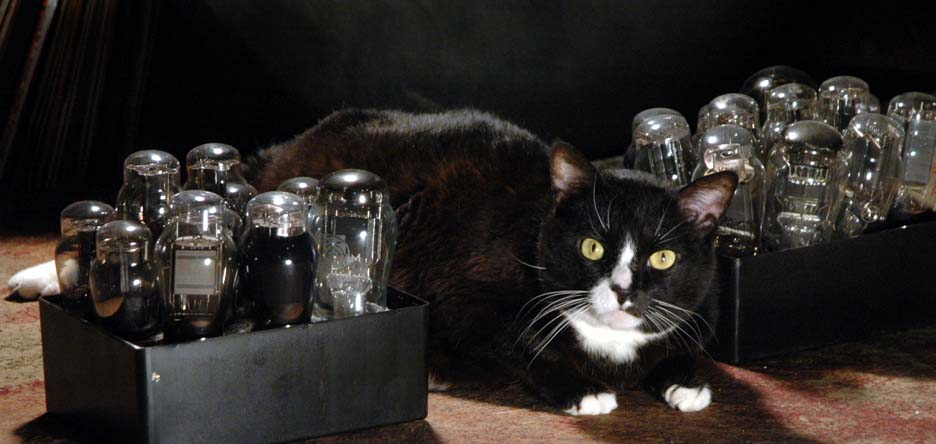
I will be lying to you saying that only my comment about made me to do it. The primary reason was the following. Living with my DH MF DSET I have developed a quite reasonable acquired taste in DHT tube and recently I got a few more good tubes to experiment with: Mazda PP3, olded version Marconi PX4, Mallard AC044, an older type of Telefunken RE604, two more version of 2A3 from 1938 and from 1941, Russian YO104 (the ancestor of YO186), Russian 2S4S, GEC PX25, many different types 45, type 50, type 245, Sofia Electric Type 45, some kind of 4V Osram 4V triodes that does 35mA in my amp. In addition to my former experiments with 4V Telefunken, Klangfilm, Philips, Valvo, Triotron , Ferranti, Tungsram and different 2,5V 45/2A3 tubes I think I have all tubes that I would like to try. The only tube that I would like to try but never try in Milq was the AD1 – the need to make a stupid adopter makes me very lazy. So, having all the tubes I was interested to discover why the hell I need all of them?
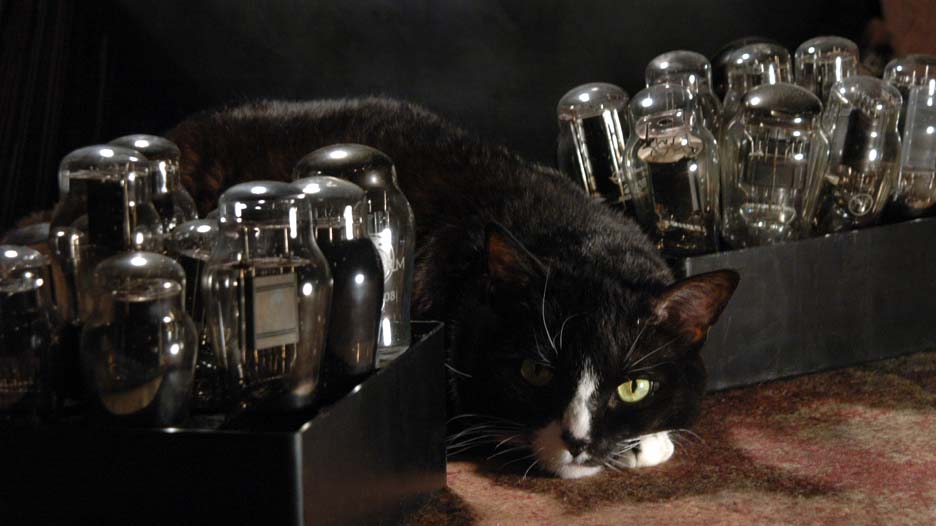
You see, I do not collect tubes and I do not try to get an answer to the stupid question “what tube is the best”. In some cases I was buying just one tube and I might presume that the specific tubes that I got was not good (all of them reportedly NOS or “as new” and all of them DO push the respectful current of in my Milq). I did not play with operational parameters and played all tubes it at 33-39mA. So, I did not look for “better tube” but I rather was looking for more potent Sound from my amp. I know how it shall sound. I know what I was getting from the amp and I was looking if some exotic tube would be able to show off to me WHAT I DO NOT KNOW ALREADY. So, since I got my Placette back I spent some time listening and thinking about MF Sound. There was not a lot of revision from where I was staying a few posts back and among all those contestants the YO186 still shined even brighter then before but I would like to dig a bit deeper with explanations.
This time I played with pre-heated tubes, and all my piled tubes I kept in heated in chimney. For music I selected 3 fragments that give me the needed reference “how Sound shall be”. First was from the middle of the first movement of Beethoven V by Carlos Kleiber and Vienna from 1975. The second was the opening of IVth movement of Bruckner VIII by Gunter Wand and Munch from 2000. The last was from the middle of the Valse in “A” from Swan Lake’s second act by Berlin Philharmonic under Rostropovich. They were three very short fragments but I do not need to listen it for a long time – I know what I need to hear. So, playing them and flipping the tubes I came to some realizations where I stay with my views on my tubes.
Mind you that I heard MF DSET with my S2 driver in 440Hz horns crossed with line-level RL filter at 3200Hz electrically or 1000Hz acoustically. In my comment about the S2 driver driven by YO186 has the most insane “coloratura” you need to understand that for 8 years I use for MF ONLY S2 driver and probably I already do not know/remember how other drivers sound, neither do I care about other drivers. So, what sound I got during my last DHT experiments feeding MF amp from the trails of my DHT tubes?
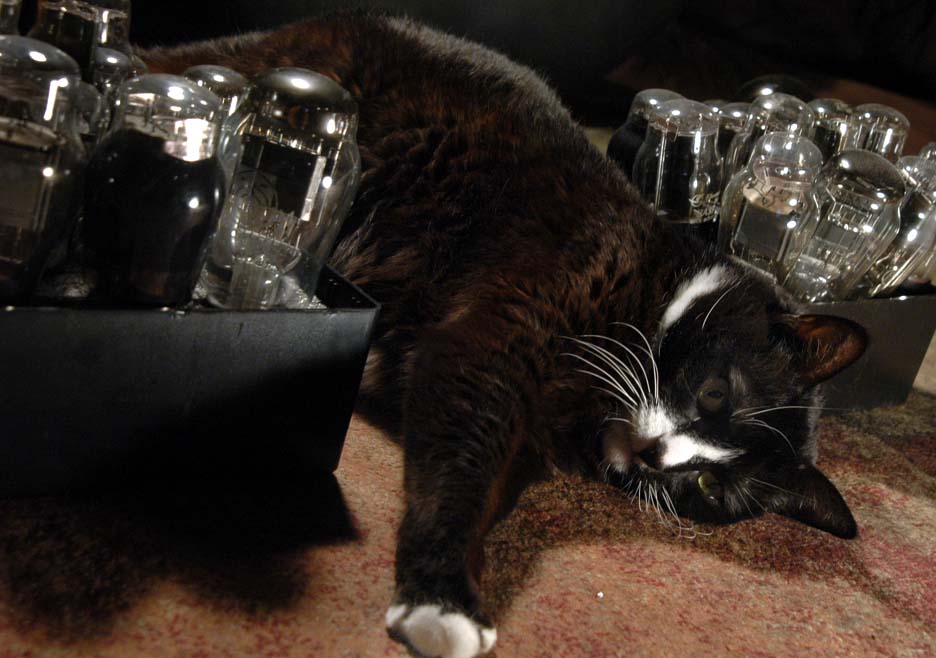
Many different sounds.
I would intentionally do not comment about each single tube – I do not see the point. However, some observations I would make. The fewer plate surface is the best – one plate is better than two plates and the smaller plate size creates cleaner and much more delicate sound. Do not forget that I do not care about power in this amp. Tone, balance of tone, tonal and contrast discrimination are more important than an absolute dynamic and frequency extension. The amplitude of nuances while having the natural balance is very key element. From this perspective the newer production of RE-604 (not the old globe shape) does have an advantage over any other tubes. The small 45 tubes are slightly thinner (that I can compensate but my Fundamentals channel) but still better then RE-604, even better balanced but not so sophisticated in tonal department. I can discuss how different tubes produce different sounds but they would be only different sounds. Playing with different channel volumes it is possible to make practically any tube to sound in any way, so, I do not find it very important. Some of the tube were just sound very primitively, including my super rare YO104 – I have a big hope for it but it turned out to be not interesting sounding tube ay all. The true interests came from YO186 – the more tubes I heard the more and more I returned back to my YO186 and realized how out of this world it is.
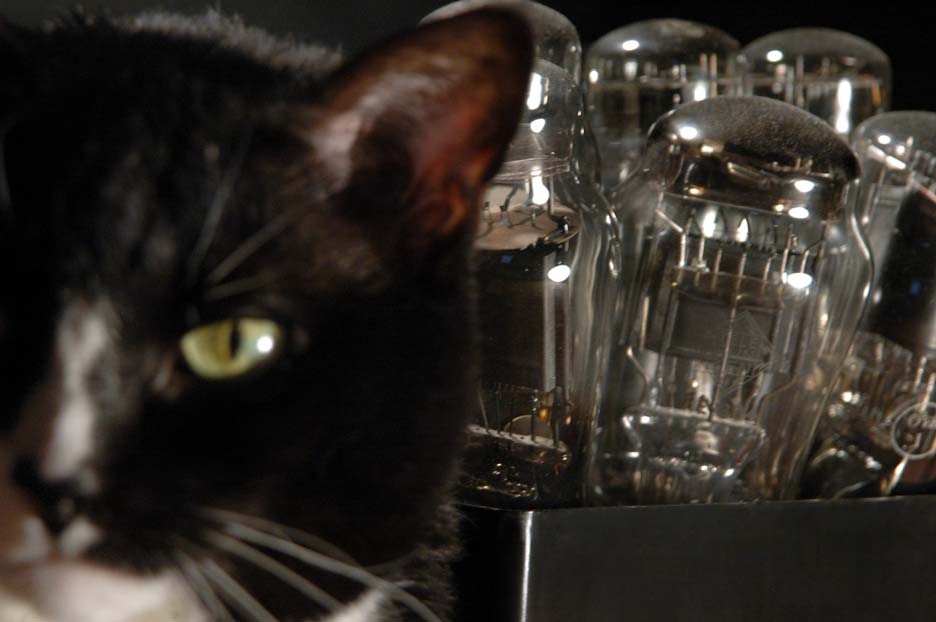
The YO186 is not about the sounds – the sounds I described in the posts above. The peculiarity of YO186 is about the result its Sound has – and this result is absolutely unique – no one tube that I have has it. The YO186 has a very distinctive manner to open sound and to return back to silence. It is not the sounds itselves during the opening and returns that make the tube unique (even though those sound quite charismatic) but rather some sense of Lost Identity of those sounds. This “Lost Identity” effect is very special treat on the tube menu. We recognize some tone and we have a certain expectation how this tone might collapse or to changed in volume. But the YO186 has its own mind and when tone changes volume then YO186 not only presences sound as a continuation of the same tone but also introduces it as partially a new tone. It is not the pitch that changes but rather listening familiarity with the given pitch at different volume changes. This makes changing volume to be recognized not by what expressed but by some kind of strange side-wise implication – turning up listening awareness to WORK and to search the pass back to the realm of familiar sound.
In a few posts above I described the YO186 sound while the volume is changing to have similar behavior to the Helios 40/2 portrait lens with open diaphragm and I posted some examples. I think it was very good illustration but sonic impact has difference from photograph - it has longer duration. So, in continuity the YO186 crates some zone of “unsharpened attention”, sort of the realm of Lost Recognition Identity, where one does not feel if the heard sound was right or wrong. The Sound trembles somewhere in the middle of your feeling between to being in-tuned and un-turned, arousing mind, mankind consciousness to wonder, to think, to be agitate, to be attentively-frantic. This is absolutely exceptional quality and I did not see any tube ever does it.
Then the bigger picture comes to the play – how to use all of it? Here is where I proud to say that I was a genius and I have discovered how to USE this YO186’s “Lost Identity” behavior in Macondo. The key is in VERY embracive but VERY PRECISE dosing of the “Lost Identity” and combining it with normal well-identifiable sound. With proper calibration of the identifiable and non-identifiable it is possible to moderate the level of how listening consciousness is “attacked” or the level of … kindness at which that “non-identifiable” is presented. This makes any “non-identifiable” very welcoming and any “unknown” to be surprisingly intriguing and friendly. All together that is very different Sound that has completely different inner-mechanisms to impact listener’s mind. Dynamics, frequency extension, imaging, proper tonal balance and any other hi-fi tricks – Macondo can handle it. But among all of it there is something different: the YO186’s management of Identity, it’s administration of kindness to handle “less unknown” - this all is beyond the capacity of tubes I have but the YO186 (properly used) does it somehow, I find it extraordinary. Read my Macondo Page:
http://www.goodsoundclub.com/MacondoAcousticSystem.aspx
….and you might understand why the discovering of those “YO186 qualities” was not very far from where I was looking. Perhaps I am the eternal slave of Thomas Mann’s version of “Imagined God”, the materialized reality where it is not well know or even important what was before: the idea or the fact.
I do not even know what kind illustration I might give to audio people as I did not have control over “Lost Identity” in audio before. If you have seen the old Russian cartoons from 70s by Yuri Norshtein: “The Hedgehog in the Fog” then you might get a remote association to what YO186 does with Identity.
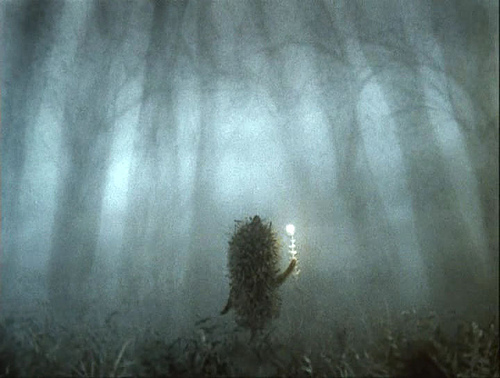
Unfortunately to fully “get” what might be got from Norshtein’s work it is not enough to watch that old Russian cartoon you need to live with this Hedgehog for dozen years, to grow up on it and to discover word with the metaphors of this cartoon in your head. Do you remember the Horse showing up like the Cheshire Cat while Hedgehog drifts down the river, just before Hedgehog met the Someone? The Cheshire Cat was a Moron and it was just a fictional character. The metaphor of the Horse however is “so fucking real” that not the haunting mediums of unknown are scared but the physical tangibility of the Horse makes feel that something is Very Real. The very same is with sound of YO186: by persuading listening mind into doubts YO186makes mind to work imaginatively. As a result, if properly used, this Russian tube begins to act as a super-powerful metaphors generator, tossing around itself the radioactive imagination with the force of Polonium-210.
No other tubes I have can even remotely approach the YO186 duty. This tube is true a freak of nature and experiencing what I have with YO186 I very much close my books of interests about the DHT tubes. Does the S2 driver driven by YO186 have the most insane “coloratura” imaginable? Yes, they do but the YO186 coloratura is way below and behind the visible spectra of the ordinary audio sensory perception.
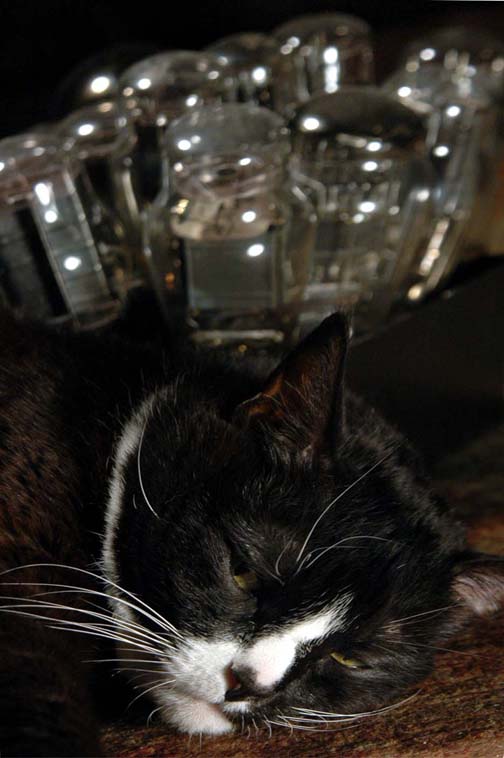
I would like to end up my essay with one more quote from Bulgakov’s “Master and Margarita”:
The master got up, looked round with brisk keen eyes and asked: "What does this New mean?"
"It means," replied Azazello, "that it's time for us to go. The thunderstorm has already begun – can you hear? It's getting dark. The horses are pawing the ground, your little garden is shuddering. You must say goodbye to your basement and do it quickly."
Rgs, Romy the Cat
"I wish I could score everything for horns." - Richard Wagner. "Our writing equipment takes part in the forming of our thoughts." - Friedrich Nietzsche